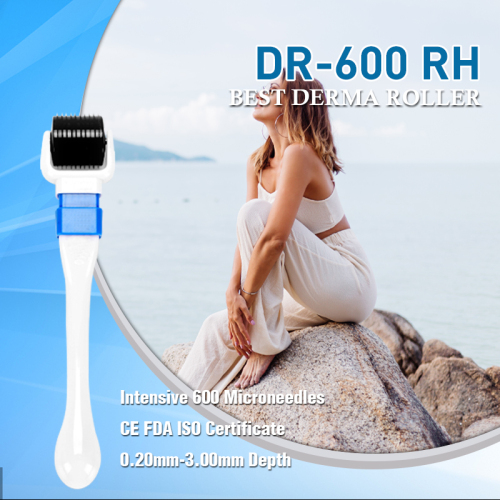Description
Combat hair loss using derma rollers for hair rejuvenation. Discover how microneedling with derma rollers can stimulate hair growth and improve scalp health. Explore the best derma rollers for hair loss and find the perfect solution to your hair thinning concerns.





